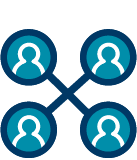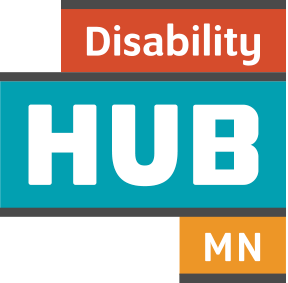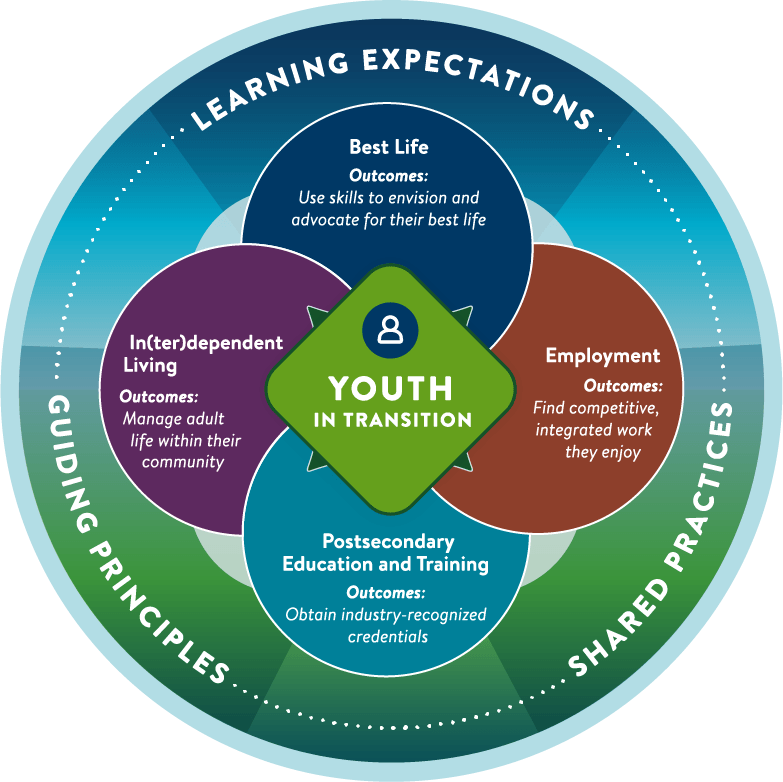Minnesota’s Youth In Transition Framework defines quality transition planning, empowering professionals across the state to work together toward the same outcomes for youth.
Developed by E1MN and transition leaders statewide, the Framework guides professionals with a vision of how their work can impact and improve the lives of youth and their families.
All transition professionals are asked to align their work to the Framework and strengthen their partnerships and delivery of high-quality transition programs and services. Such transition professionals include those in schools, Vocational Rehabilitation Services (VRS)/State Services for the Blind (SSB), county agencies/tribal nations, and service providers who work on programs and services such as:
- Special education, IEPs, and 504 plans and accommodations
- Waiver case management and coordinated services and supports plans
- Vocational Rehabilitation, Pre-ETS and employment plans
- And more
For a downloadable summary of the Framework, check out About Minnesota's Youth in Transition Framework (PDF).





